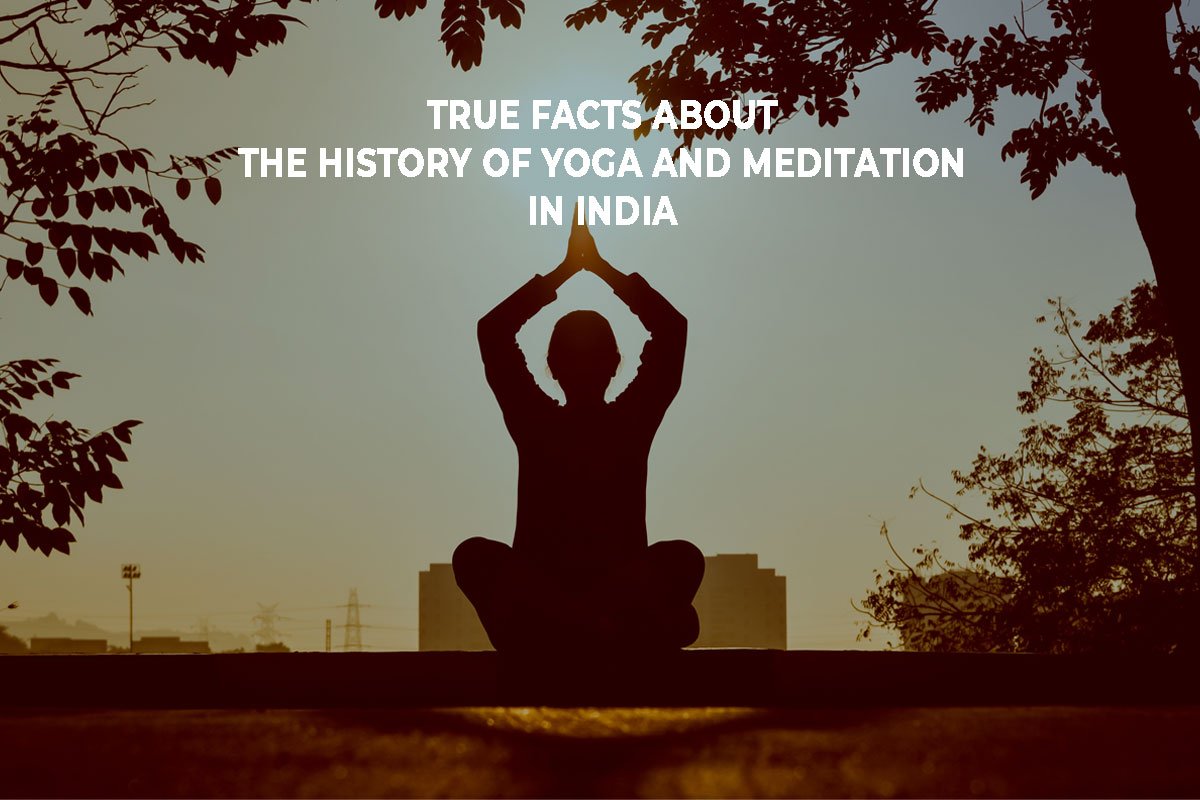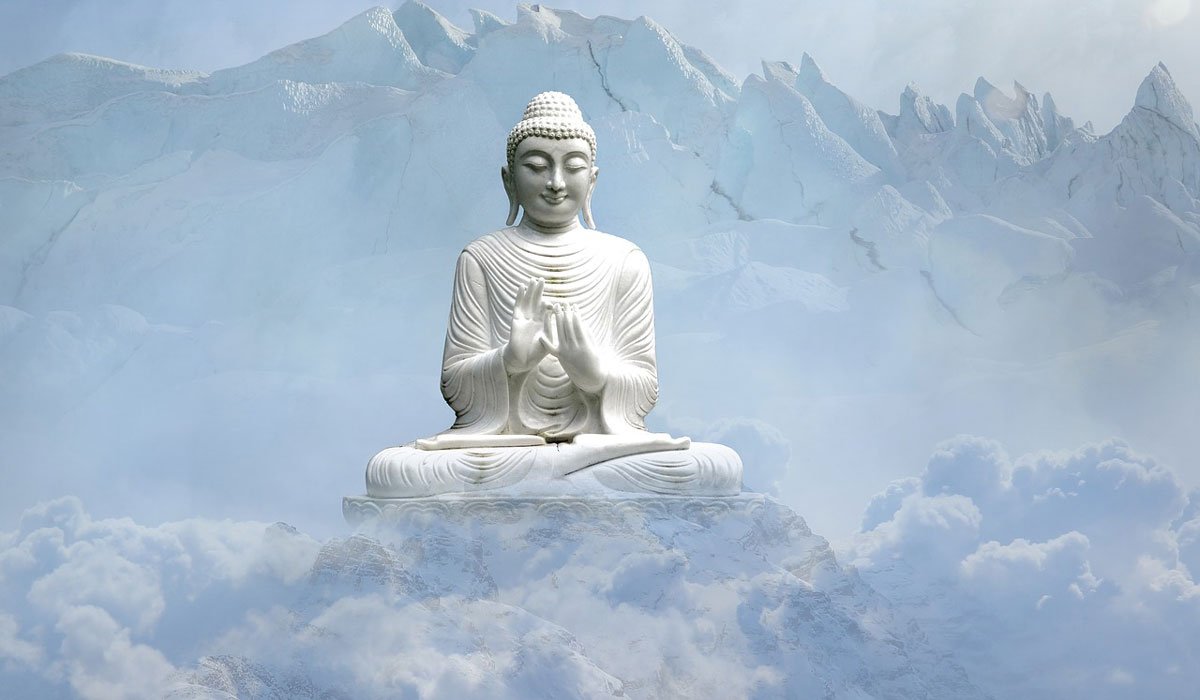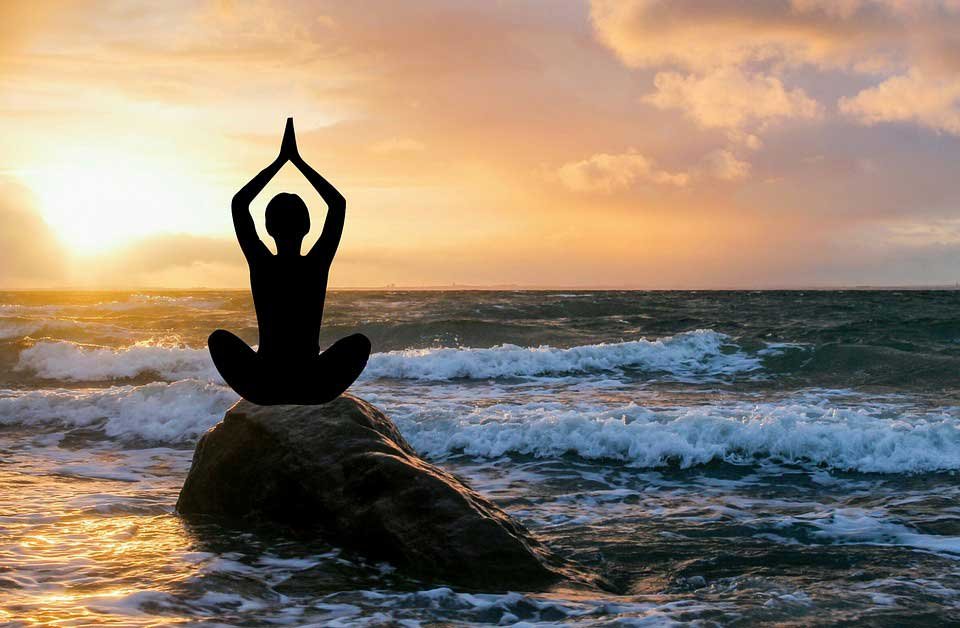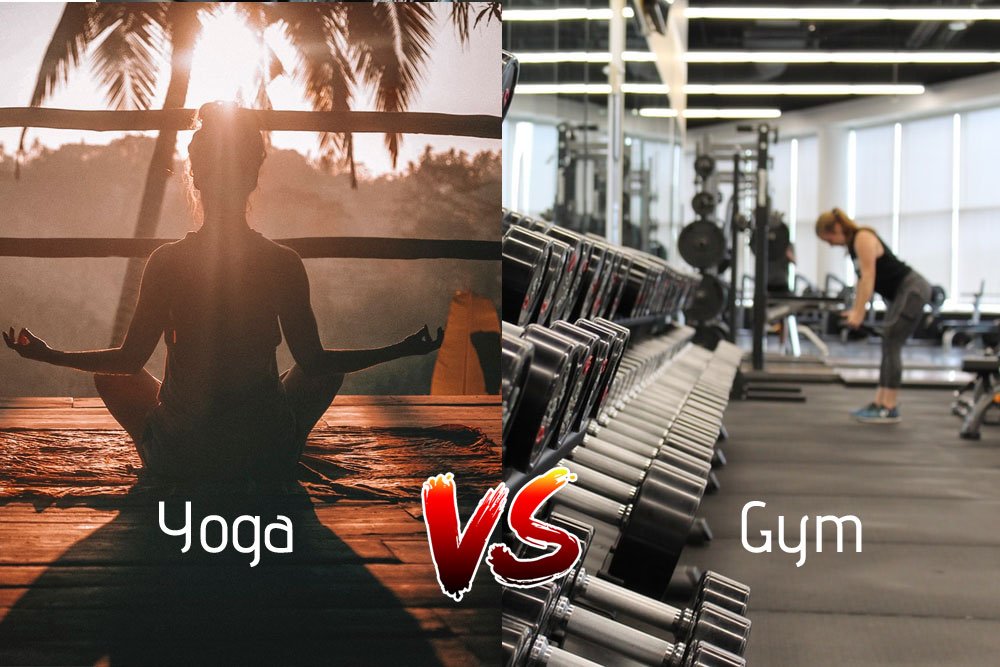True Facts about the History of Yoga and Meditation in India
When you hear the word ‘yoga’, you might imagine people twisting into seemingly impossible poses. Yoga and meditation, as we know them today, are more than just physical asanas. It is an ancient art form that evolved over several millennia. In fact, the history of the practice of yoga and meditation is so ancient that its origins date back to BC times. Hence, not surprisingly, many people from around the world are drawn to and healed by this time-tested practice. For those unversed, yoga and meditation originated in India and hence yoga in India finds mention in many Hindu scriptures and texts such as the Vedas, Upanishads and the sacred Bhagavad Gita. This article will walk you through sections which will talk about the history of yoga and meditation and how it came about.
So, let’s further delve into some true facts about the history of yoga and meditation in India.
History of Yoga and meditation
Pre-Vedic and Vedic period
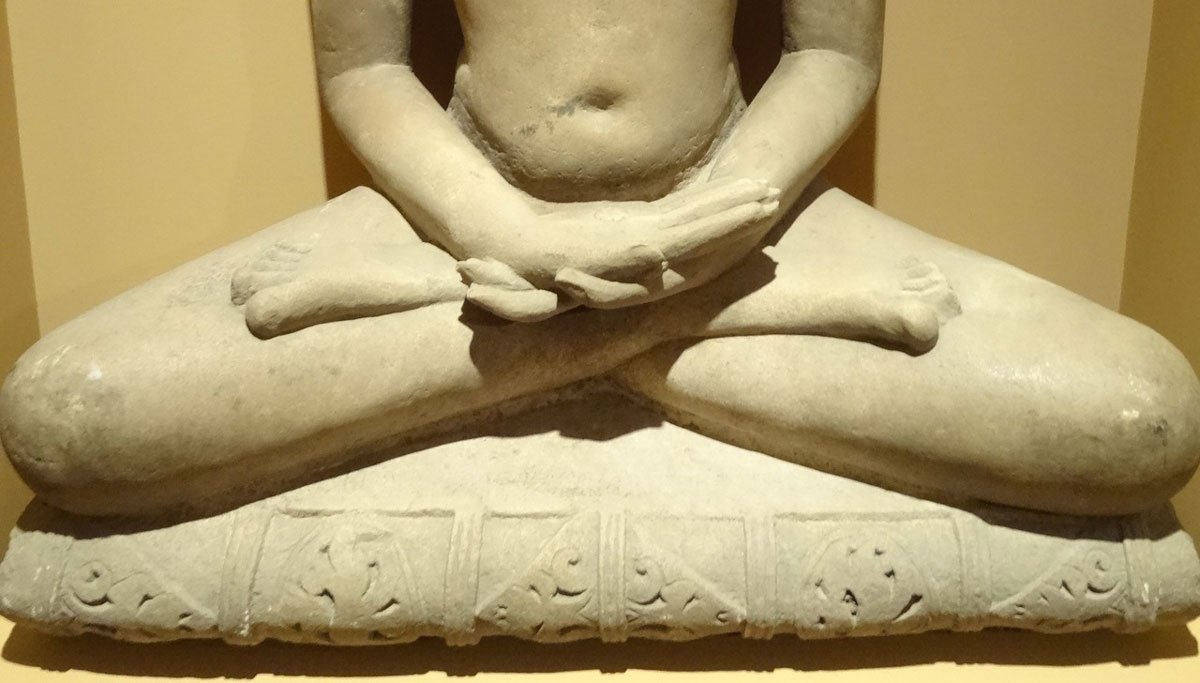
The first mention of yoga in India can be found in the Rig Veda which dates back to as early as 1500 BC. Then Atharva Veda mentioned literature about control of breath and this body of knowledge dated back to 1200-1000 BC. However, it’s difficult to unearth the exact period in history as the knowledge of the Vedas was passed on orally through many generations and written records followed at a much later period. However, the excavated seals and fossils belonging to the Indus Saraswati civilization dating back to 2700 BC depicted figures in Yoga Sadhana. This proved that even the earliest civilizations knew and practised yoga.
Pre-classical period
This period is marked by the mentions of the Upanishads. Since the Vedas were quite cryptic in nature, the Upanishads worked to explain the hidden meanings in Vedas by throwing light on how our spirits and minds worked through personal discourses. It was the Upanishads that touted meditation and mantra chanting as the vehicles to attain enlightenment. There are about 20 yoga Upanishads from a pack of 108 Upanishads that talk about various yogic techniques of pranayama, sound and meditation.
Classical period
It was Lord Buddha and Lord Mahavira’s teachings that brought forth the art of meditation through the practice of Yoga Sadhana. While Lord Buddha emphasised specific yoga asanas and meditation to achieve enlightenment, Lord Mahavira attested to the importance of meditation for attaining freedom and salvation.
The Bhagavad Gita came into being around this classical period. It documents an interesting dialogue between Lord Krishna and Prince Arjun where Lord Krishna explains the understandings of Dharma, Karma yoga (selfless actions), Bhakti yoga (devoted and tending actions) and Jnana yoga (knowledge). Lord Krishna explains to Prince Arjun that a centred mind is a sign of yoga. Yoga is that state of mind that keeps us focused during challenging times.
Similarly, verses from Mahabharata dating back to 300-200 BC find mentions of yoga in terms like Viveka (discrimination) and Vichara (fine-drawn reflection) as described by Sage Patanjali.
However, it was Maharshi Patanjali who organised yoga in its entirety in the second century BC. Also known as the father of yoga, Sage Patanjali wrote the Yoga Sutras. These texts were the very first of their kind which disseminated yoga knowledge by delving into the true meaning of yoga. This earliest form of yoga was called Raja yoga. Besides, Sage Patanjali also formulated Ashtanga Yoga or the eight limbs practice of yoga. Today, Ashtanga yoga is a popular style of yoga that originated in India but is majorly practised in Mysore, India.
Later on, the finger movements of Nata dance incorporated certain elements of the Patanjali sutras which later were used in martial arts.
Post-classical period
This era was marked by many philosophers and saints contributing to the development of yoga. For instance, Adi Shankaracharya worked towards the building and continuation of Raja Yoga and Jnana yoga. He adopted and further built upon the techniques and teachings of yoga. It was believed that by following Adi Shankaracharya’s yoga rituals and teachings, one would be able to achieve Nirvana or salvation. Meditation was also considered an important tool to gain clarity of mind. Furthermore, people like Purandaradasa and Tulsidasa worked towards the development of yoga. It was during this period that Hatha yoga was popularised. Today, the yoga that we practice has many elements of Hatha yoga to it.
Modern period

Between the late 1800s and early 1900s, yoga gurus from India such as Swami Vivekananda began to travel the world and introduced the ancient philosophy to Western societies. This happened during the 1893 Parliament of Religions in Chicago when Swami Vivekananda mesmerized his audiences with lectures on yoga and the universality of world religions. This led to widespread attention and attracted followers from other nations besides India. Yoga originated in India and was now gaining traction at the world podium. However, much focus was devoted to the physical asanas and their practice. Raja yoga further proliferated thanks to the contribution of famed yoga gurus like Sivananda and T. Krishnamacharya.
The 1920s and 1930s saw the popularisation of Hatha yoga. Swami T. Krishnamacharya opened the first Hatha yoga school in Mysore in the year 1924 while Sivananda founded the Divine Life Society in 1936. Krishnamacharya honed the skills of three students in Hatha yoga namely, Pattabhi Jois, T.K.V. Desikachar and B.K.S. Iyengar. On the other hand, Sivananda wrote about 200 books on yoga and established 9 yoga ashrams along with several yoga centres all across the world. However, the impetus for yoga in the Western world was given by Indra Devi who founded her yoga studio in 1947 in Hollywood.
Today, Hatha yoga is practised in different styles and variations all across the globe.
Today’s contemporary yoga and meditation styles
Today many forms of yoga and meditation in India are practised that although digressing from the traditional forms of yoga, ensure similar feelings of liberation and inner peace of mind. So, yoga styles like Bikram yoga or hot yoga, Forrest yoga, Restorative yoga, Yin yoga and other yoga forms have become popular. Besides, meditational techniques like Transcendental meditation, Movement meditation, and progressive relaxation are getting traction due to their calming and therapeutic effects.
However, since yoga originated in India, many students flock to India to learn yoga and undergo yoga teacher training courses (TTC). Yoga TTC in Goa, Rishikesh, Kerala and Mysore are a major draw to students, especially from the Western nations.
Closing thoughts
Yoga and meditation in India have evolved and developed over several ages. From the prehistoric periods of Vedas to today’s modern yoga forms, this ancient philosophy has come a long way. So, folks, believe in the healing powers of the time-tested science of yoga and reap its many physical and mental benefits by inculcating it as part of your lifestyle.

